“Hello Peter.”

These two exceedingly simple words were spoken by none other than Doctor Octopus in the recently released trailer for Spider-Man: No Way Home. My first reaction was to exclaim with glee “Doc Ock is back!”
But then I thought a little bit about it. I read a bit about it. I even listened to a podcast episode devoted entirely to the trailer. And the more I analyzed it, the more I thought “is Doc Ock really back? Is he real at all, or is he part of a multiverse version of a dream sequence? Are there actually several past Spidey villains converging to haunt poor little Tom Holland? Or is this just an alt-reality peek at what could be, much like Luke Skywalker/Darth Vader mashup in Yoda’s cave in The Empire Strikes Back?
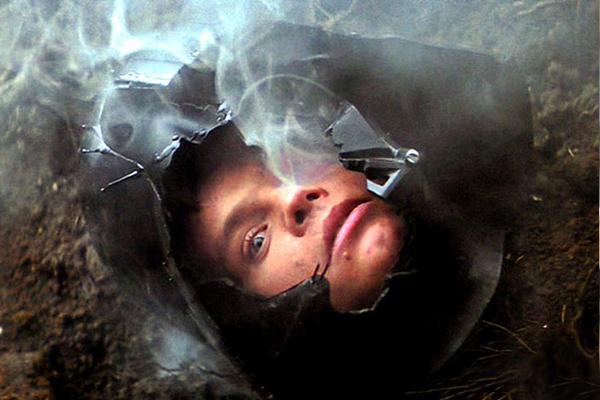
Strange Magic
When we heard that Doctor Strange would appear in Spider-Man: No Way Home, we had to figure things could get a little wild in the multiverse. Anytime the Doctor is involved, all bets are off as to what may happen (and what is real).
By the way, was that even the real Doctor Strange we saw in the trailer? The one dressed for Christmas caroling in his hoodie sweatshirt, who winked and deliberately disobeyed the wise old Wong? And would Doctor Strange recklessly cast a spell that could cause so much destruction, simply to make life more convenient for Peter? That seems way out of character for the Sorcerer Supreme.
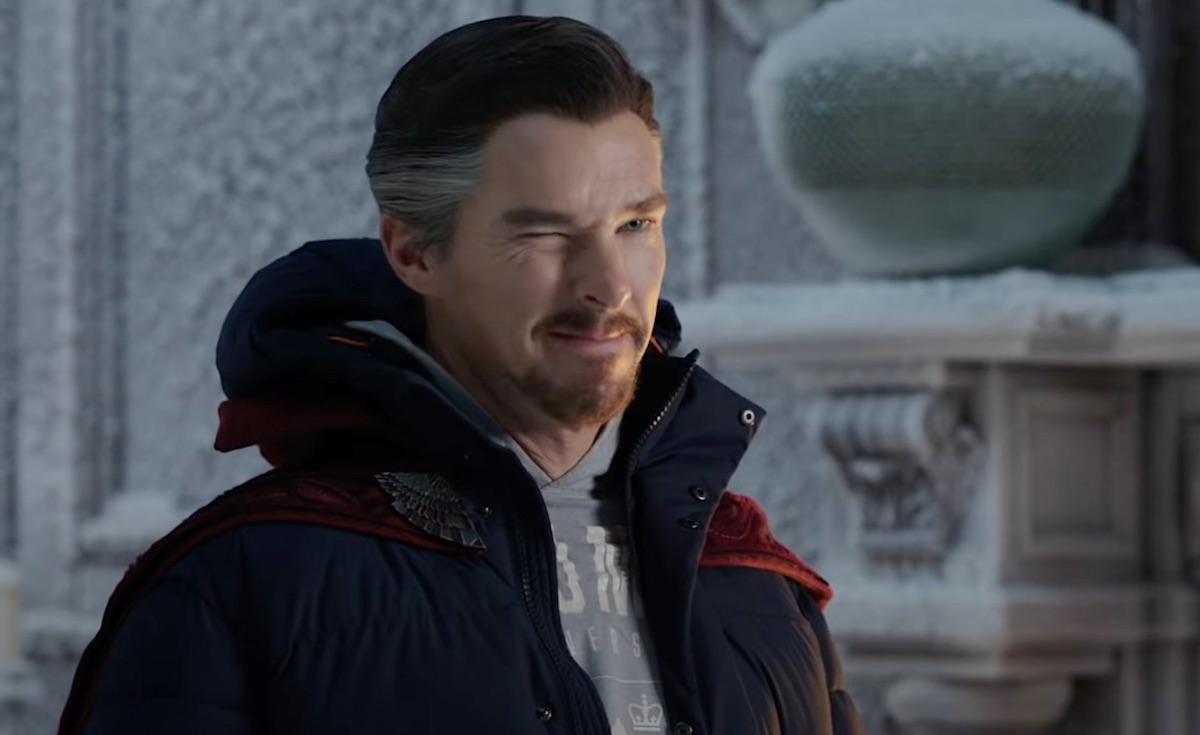
How can we Marvel fans make sense of what we saw? I find myself explaining these conundrums to myself, saying “it must be a multiverse thing.” But what exactly is a “multiverse thing”? And how has Marvel gotten so good at making me accept this vague wave-off as a suitable explanation?
The Multiverse is Coming…
Over the past few years, the Disney-Marvel Cinematic Universe (MCU) has been priming us for the inevitable onset of the multiverse. This is, of course, the concept whereby a collection of alternate universes share a universal hierarchy. These universes diverge from a common origin, then exist separately, with the ability to impact – and even destroy – each other. It’s a hard concept to grasp, and even harder to explain. I feel like the more I learn about it, the less I actually understand it.
“The Multiverse is a concept about which we know frighteningly little.”
Comic book fans have been aware of the multiverse concept for quite a while, and are therefore ready to roll into Phase 4 of the MCU without missing a beat. But for those casual fans of comic book-based films (like myself), who don’t regularly read deeper into the comic universe source material, the multiverse is new – and to be honest – feels a little bit intimidating.
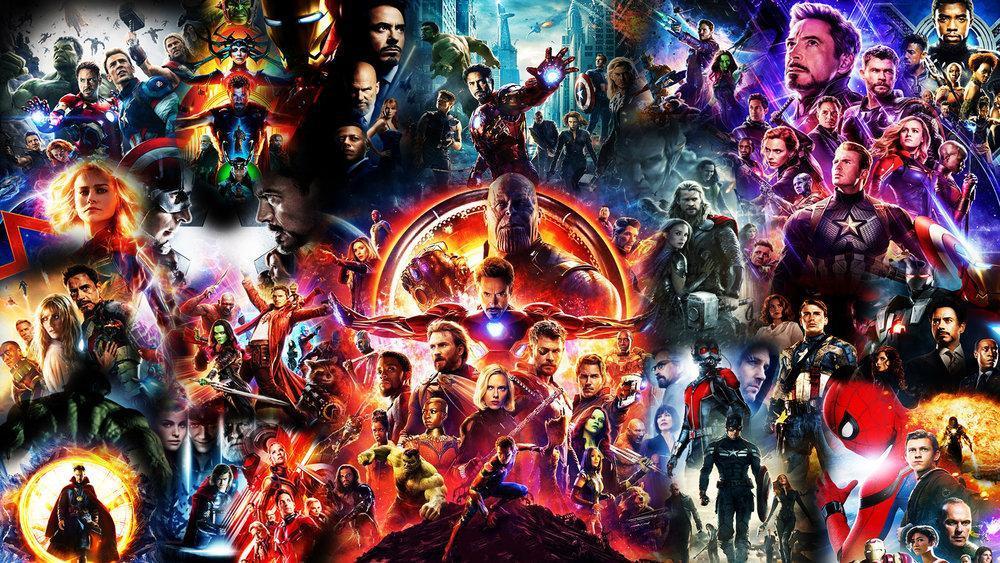
The idea of successfully introducing a grand idea of multiversal significance to the mass audience may have been a daunting task for Marvel Studios. So instead of jumping fully in, Marvel gave us several tastes of the multiverse, starting with Spider-Man himself.
The Spider-Verse
The 2017 animated film Spider-Man: Into the Spider-Verse played heavily with the concept of the multiverse, though in a seemingly contained way. In the film, a super-collider machine, created by the film’s villain Kingpin, introduces several Spider-Men (and Spider-women, and even Spider-pigs) from other dimensions.
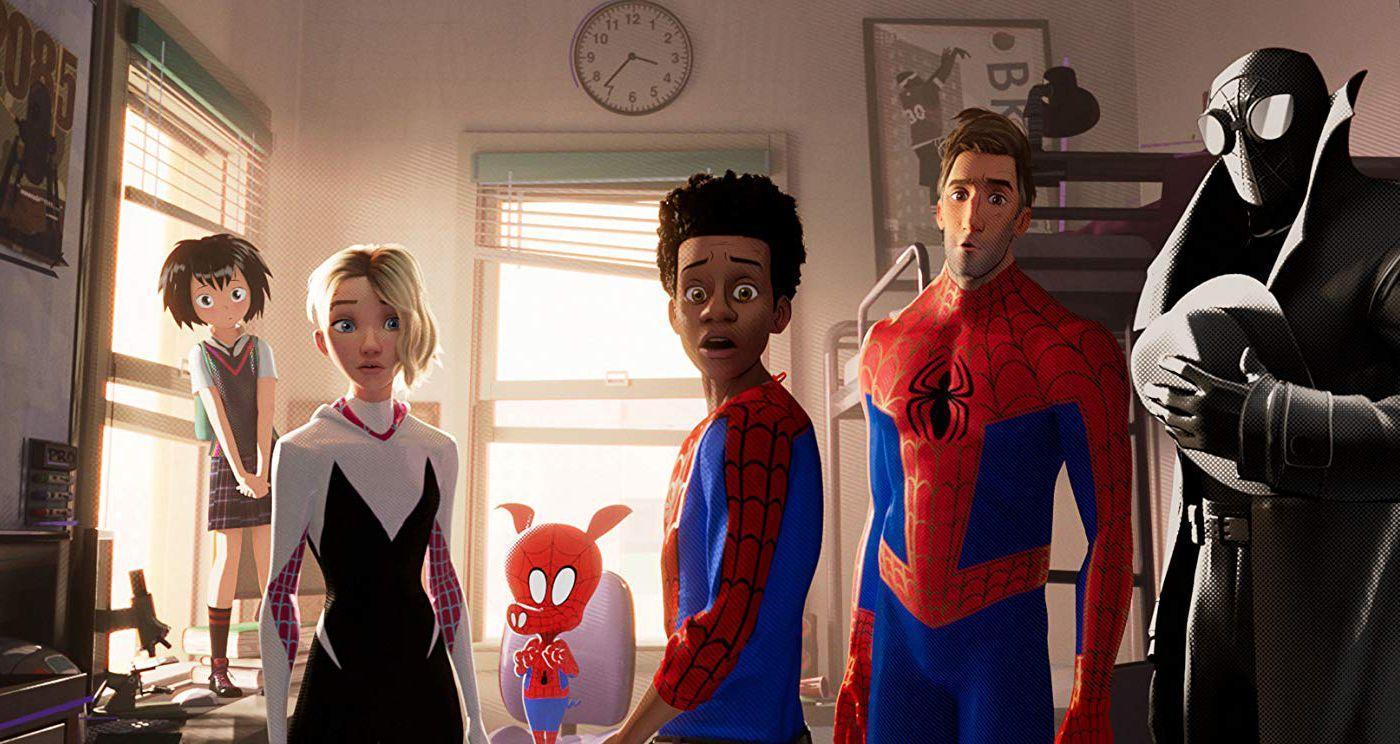
The dimension-hopping was facilitated by a USB drive of sorts, giving the film a bit of an outdated feel upon its release. Nonetheless, the multiverse was introduced to Marvel fans, albeit by Sony Pictures, and not by Disney-Marvel.
Avengers – Playing With Time
When Thanos snapped his finger in 2018’s Avengers: Infinity War and wiped out half the universe, he left the remaining Avengers with little to build on. In 2019’s Avengers: Endgame, Earth’s mightiest heroes resorted to a wild scheme involving Pym particle time travel to accumulate the six Infinity Stones needed to overthrow the purple menace.

In traveling through time and space, the Avengers created temporary alternate universes revolving around these three trips in time, which would then continue to bloom into other universe-changing scenarios if left unchecked.
So how did the Avengers (and Disney-Marvel as the creators) address this issue? Once Thanos was defeated, Steve Rogers travelled back in time to return each of the Infinity Stones to the exact moment they were taken by the Avengers earlier in time. This effectively repaired the unauthorized openings in time and space. Of course, Steve cheated a bit, and following the safe return of all the stones, he chose not to return to the present day. Instead, Steve lived out a non-superhero life of his dreams with his ultimate love – Agent Peggy Carter – in undoubtedly the most romantic notion in the entire MCU.
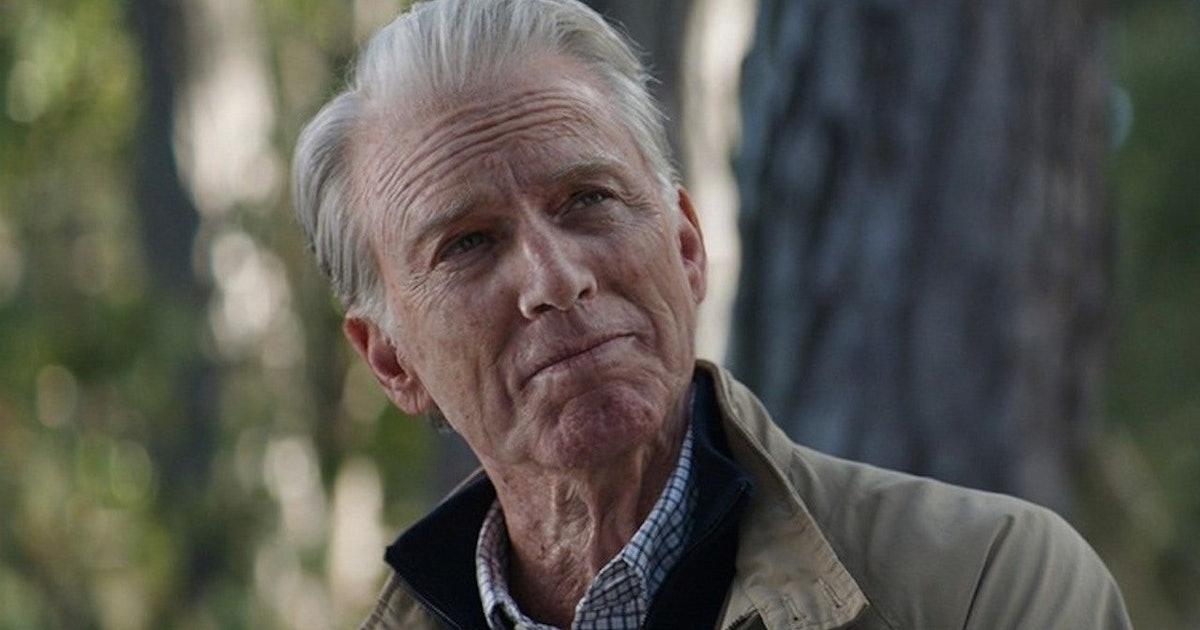
But there you have it. Multiversal threads opened, then tidily closed. Easy, right? Multiverse training was well underway.
The Multiverse on the Small Screen
Following Avengers: Endgame, Disney-Marvel took the multiverse off the big screen for a while, to prime the pump for Disney+, which was launched in the U.S. in November 2019. Three of the biggest projects underway at launch were three separate Marvel series, two of which continued to educate us on the multiverse.
WandaVision
In the aftermath of Endgame, the MCU continued to dip our toes into the shallow end of the MCU pool with Pietro Maximoff’s brief return to life in the 2021 series WandaVision.

Social media exploded with theories looking to explain the two versions of Pietro, aka Peter Maximoff, aka Quicksilver, who had amassed a following of his own in the X-Men films (property of Fox, now owned under the Disney umbrella).

This version of Pietro was swept away almost as quickly as he appeared, turning out to be a creation in the form of one of Agatha Harkness’s mind-control victims. But the multiverse training continued.
Loki
Just a few months later, Loki blew the doors off the multiversal vault, and threw us all into the deep end of the pool. Audiences received a “Multiverse For Dummies” explanation of the overall concept courtesy of the adorable Miss Minutes – the official “spokesbeing” of the Time Variance Authority (TVA).
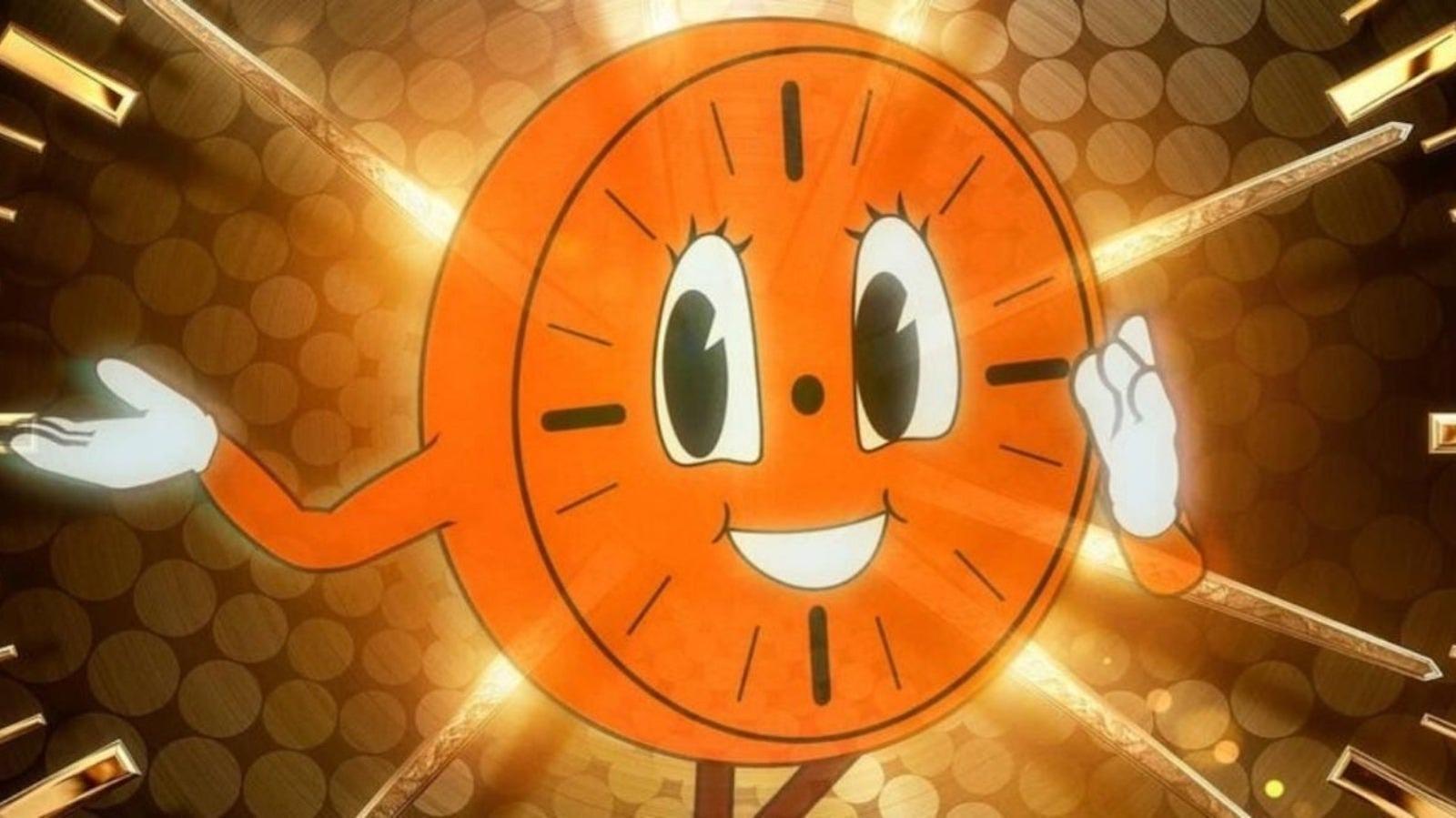
Here we learned how one reality can branch off to multiple other realities, creating conflicts in the fabric of time, all of which were under the watchful eye of the Time Variance Authority (TVA). We saw dozens of Loki “variants”, several of which we got to know a bit over the course of the six-part Disney+ series. The series concluded with an entire episode almost solely devoted to further explaining the concept of the multiverse.
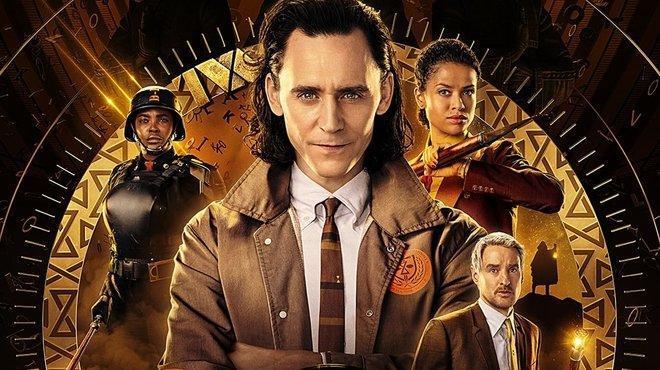
Is our training now complete? With the concept of the multiverse already touching Spider-Man, and systematically deepened by the MCU on both the big screen and the small screen, the Spider-verse we were introduced to may be ready to explode in December.
Now About that Spider-Man Trailer
Let’s just put it out there. We saw Doc Ock, gloriously portrayed once again by Alfred Molina. We heard the Green Goblin’s signature cackle, and saw one of his unmistakable little pumpkin bombs. Spider-Nerds have interpreted other momentary scenes as possibly representing other Spider-Villains Electro and Sandman. And of course, there are rumors that actors Toby Maguire and Andrew Garfield may secretly return to reprise their roles as the iconic webslinger.
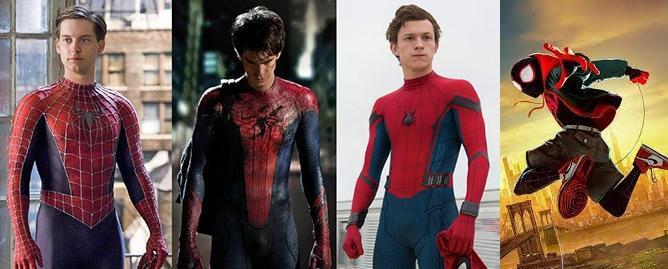
How would Marvel explain all of this? Easy – “it must be a multiverse thing.” See where I’m going with this? We know that the Tobey Maguire and Andrew Garfield films (five in total) were produced under the Sony umbrella. When it comes to Spider-Man, Sony and Disney have successfully demonstrated a willingness to share the property in a way that benefits both studios. Wouldn’t it be a hoot to take the multiverse to the next level, using one of the MCU’s most popular characters, and produce a “best of” film, pulling in fans from decades of comics and almost twenty years of modern film interpretations. Just add a splash of Doctor Strange (or perhaps a reckless variant of the Doctor), let him rip a hole in time-space, invite the Spider-Circus, and watch the tallies rise.
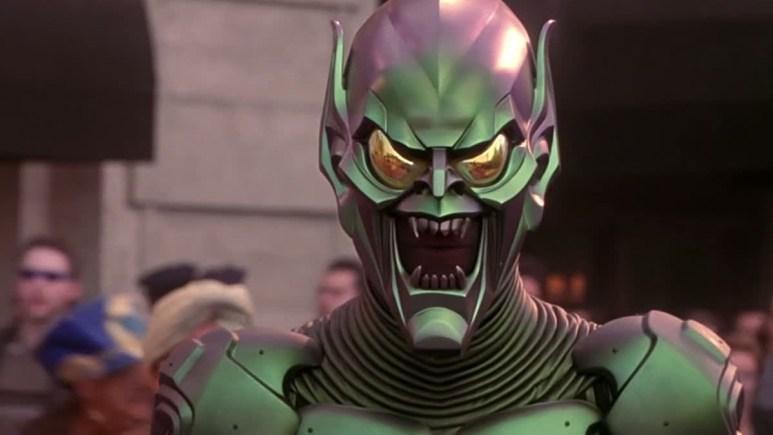
(Disclaimer here: As much as we can all theorize about what we saw in the two-minute snapshot, none of us really have a clue. The art of choreographing a movie trailer is one to truly be admired. Scenes which appear in a certain order in the trailer may prove to be far from what will happen in the actual film. In fact, they may even be intentionally misleading. But the trailer is all we have to go on at the moment, so for now it provides the basis for all speculation.)
It Must Be a Multiverse Thing
The multiverse is a bottomless pit of potential. It forgives past sins. It invites a reinterpretation of previous stories. It even allows for the canon of core character experiences to be reimagined. We never know when we’ll see the next “here’s what really happened” explanation to a previously understood and accepted storyline. But there is danger down that road. By accepting the multiverse concept, we’ve come to accept that characters aren’t necessarily who they appear to be. We’re becoming conditioned to question the validity of every character and scenario we see. We may come to doubt our eyes, our memories, and even our ability to properly interpret what we see.
Aside from offering a reinterpretation of past events, the multiverse could allow the return of previously departed characters using different actors, with deliberately different personalities and storylines. We could see a return of Iron Man, for example, but reimagined as another gender, another race, even another planetary being. How would that work? “It’s a multiverse thing.”
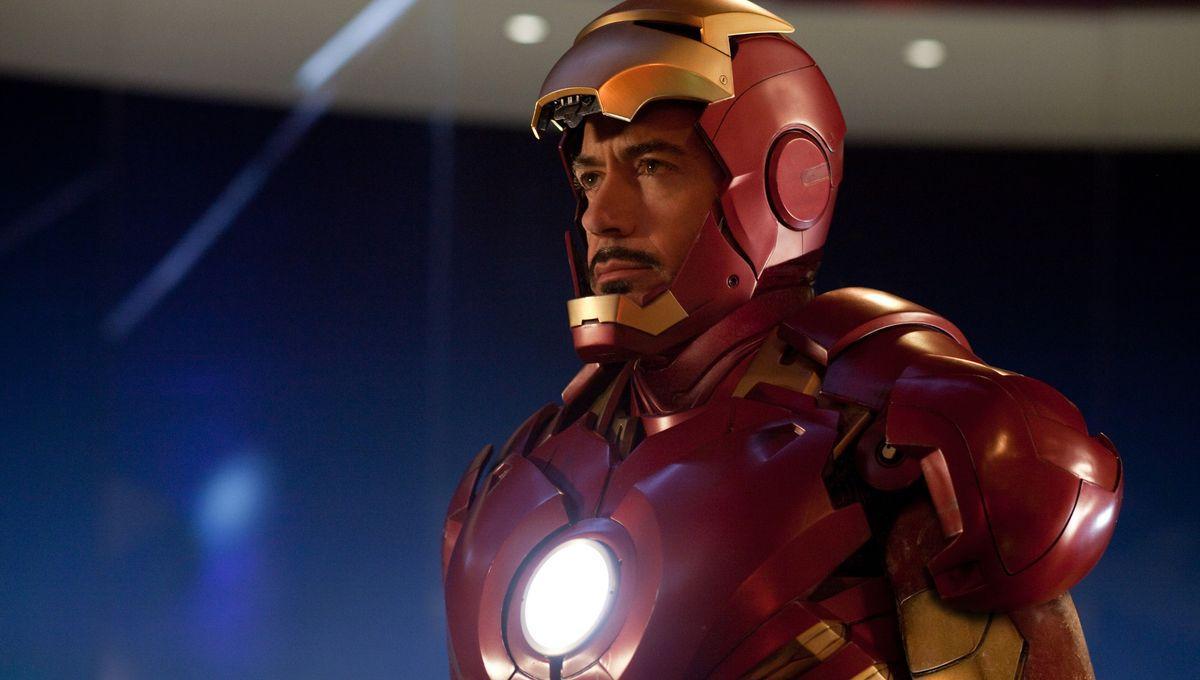
Too Much of a Good Thing?
See, the multiverse concept unlocks limitless possibilities. It is the “Kang the Conqueror” of storytelling. But Marvel should tread carefully and judiciously within the multiverse. If overused, or used improperly, the multiverse concept could prove to cheapen the validity and credibility of the amazing storytelling the MCU has brought us thus far. By reimagining the past, the MCU could strip away some of the brilliance it has shared with us fans.
One thing the MCU has done better than any of the other comic book film adaptations to date, is to carefully and tantalizingly weave together a cohesive collection of individual stories that sum up to an infinitely more meaningful whole. It is classic expert Disney storytelling at its best. This is why I – as a decidedly non-comic book guy – have religiously watched each MCU film (and television series) in order, multiple times, and will buy into the short term future of the MCU hook, line, and sinker.

But I am starting to feel a bit of concern as well. If the multiverse concept gets overutilized, and starts to cause excessive reinvention and reinterpretation (retconning), my patience and interest may start to wane. Disney-Marvel, if you can hear me, please don’t blast the MCU into multiversal oblivion. Be selective and meaningful with your use of the multiverse, for the sake of the amazing story you’ve crafted to date.
If you enjoyed this article, please feel free to share it with friends using one of the buttons below, or by copying/pasting the URL for this post.
Follow Facts and Figment on social media: Instagram Facebook X (formerly Twitter)




